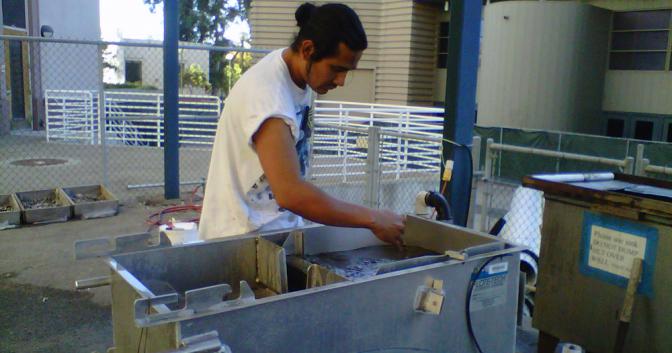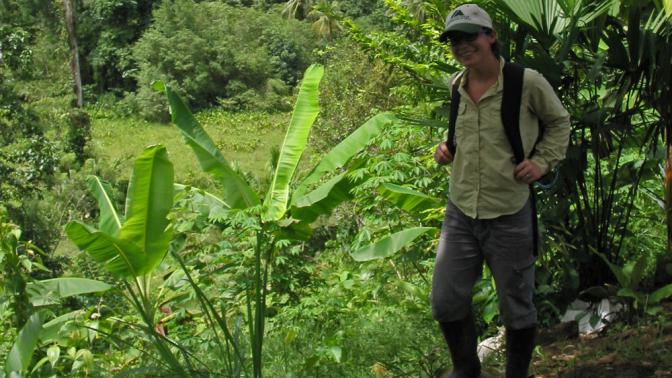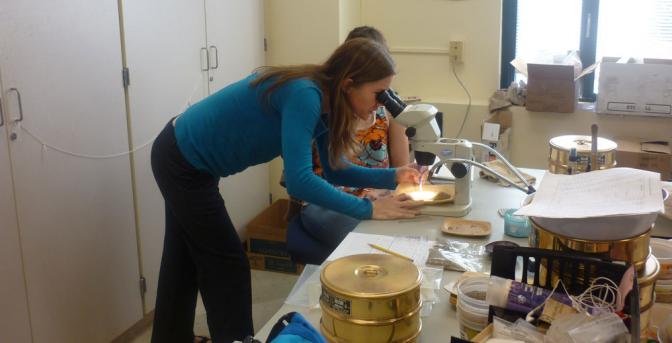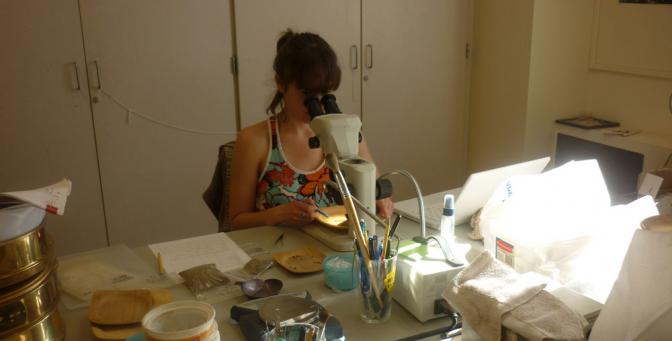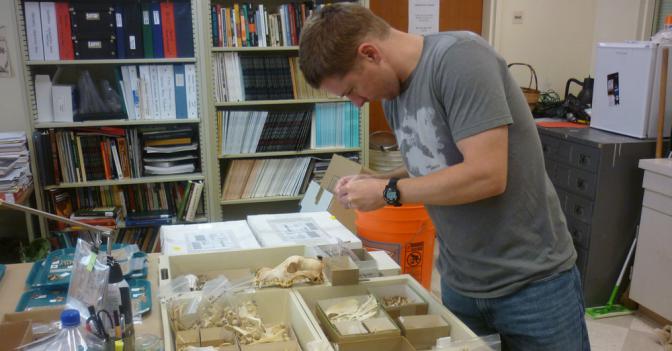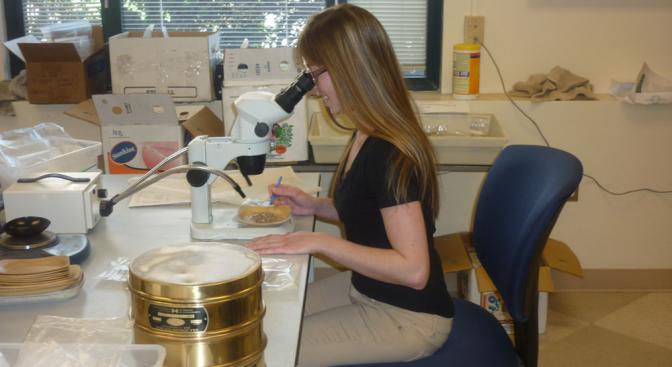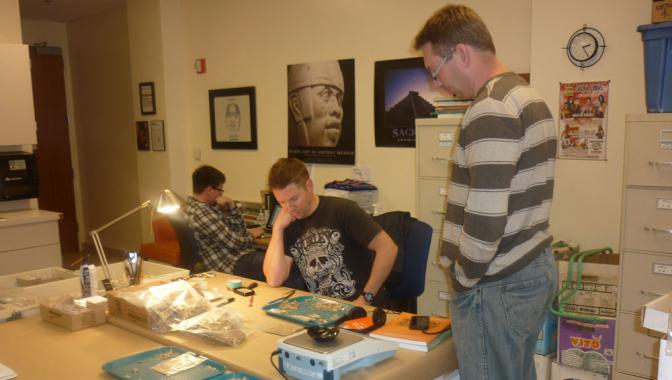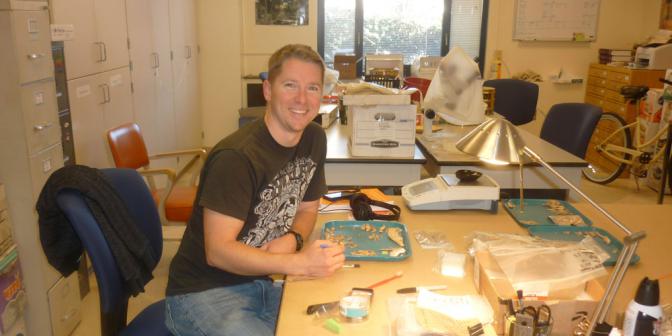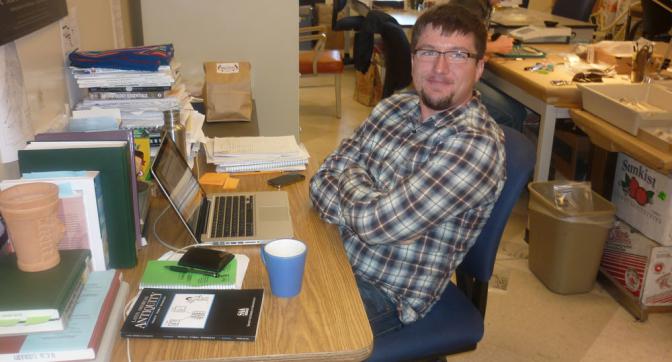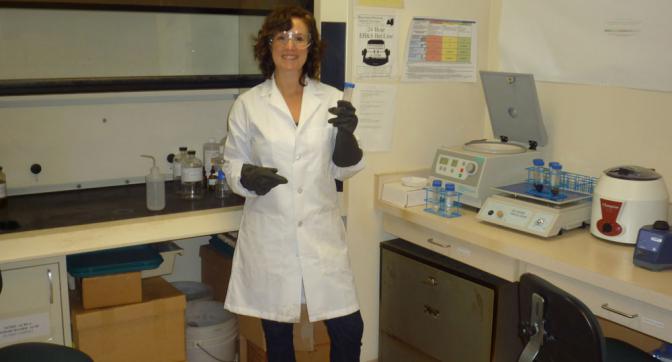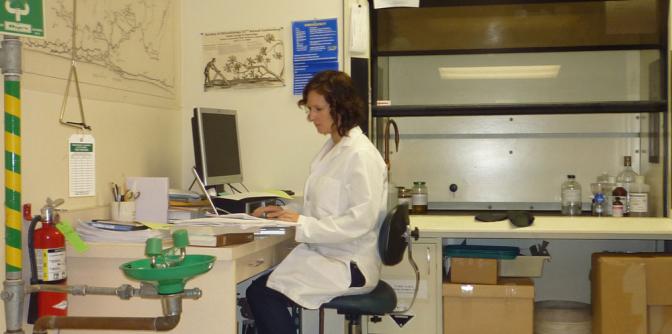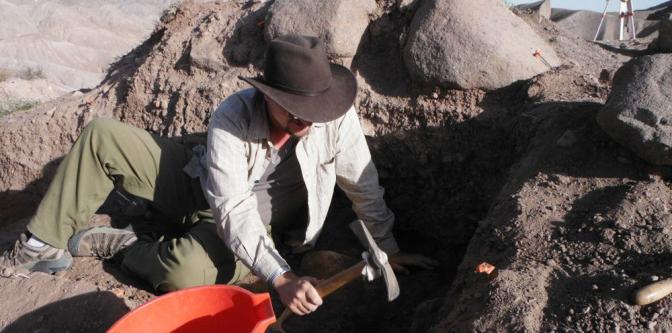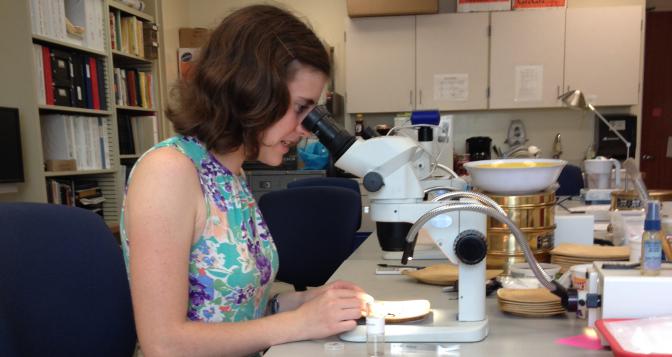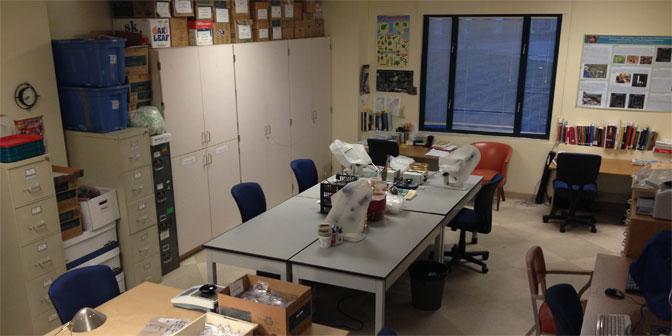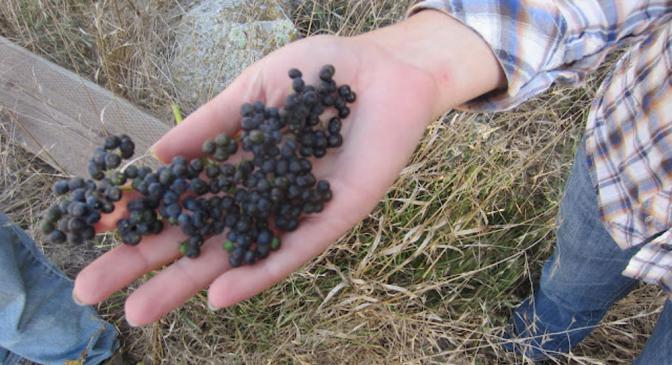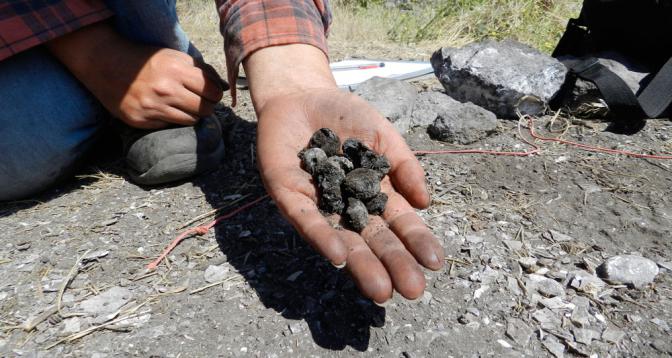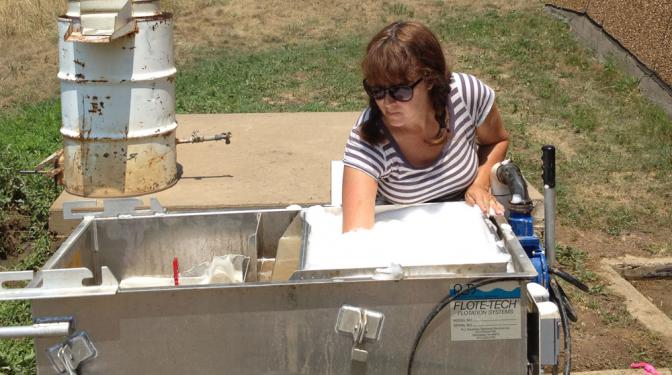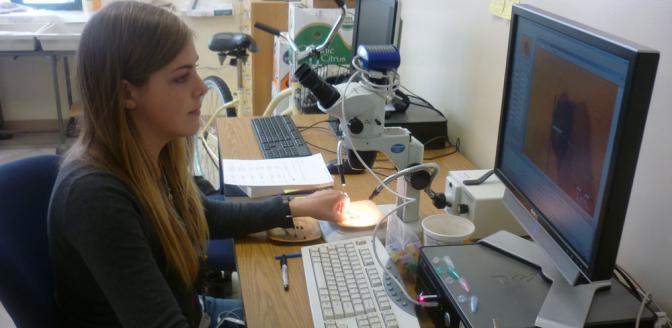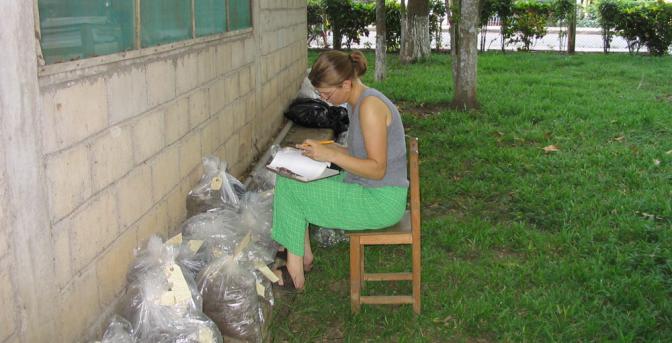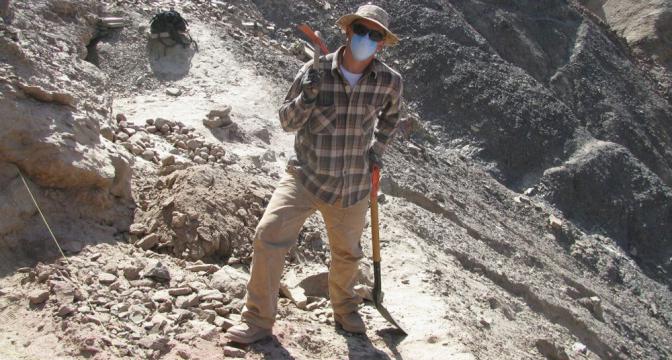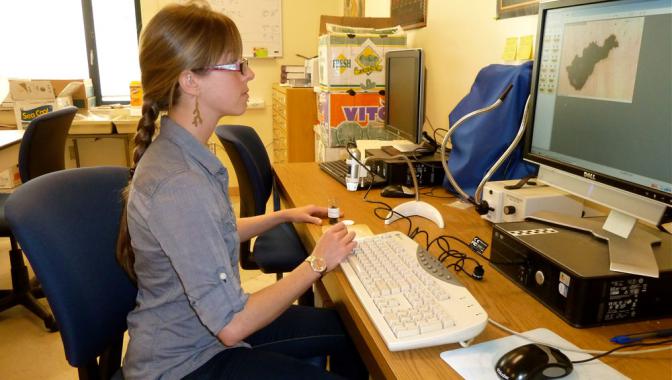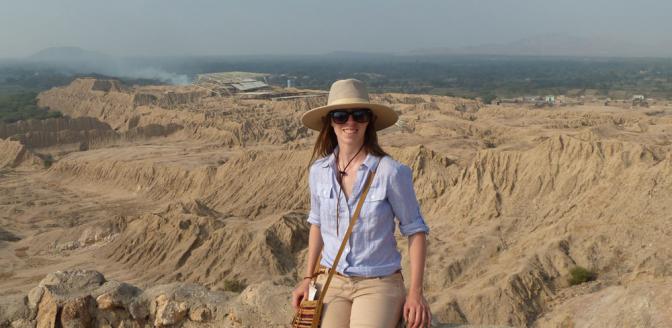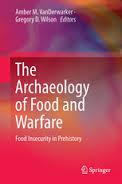Directed by Dr. Amber VanDerwarker, the Integrative Subsistence Laboratory (ISL) is dedicated to the analysis of plant and animal remains recovered from New World archaeological sites. The analysis of ancient plants is referred to as paleoethnobotany or archaeobotany – ISL focuses on the identification of macrobotanical remains (carbonized plants you can see with the naked eye) and microbotanical remains, specifically phytoliths and starch grains. The analysis of ancient animals is referred to as zooarchaeology or archaeozoology and deals with both vertebrate fauna and shellfish. Our lab houses comparative collections for seeds, phytoliths, starch grains, and limited vertebrates. (We are currently in the process of photographing our plant comparative collections to make images available through our website.)

